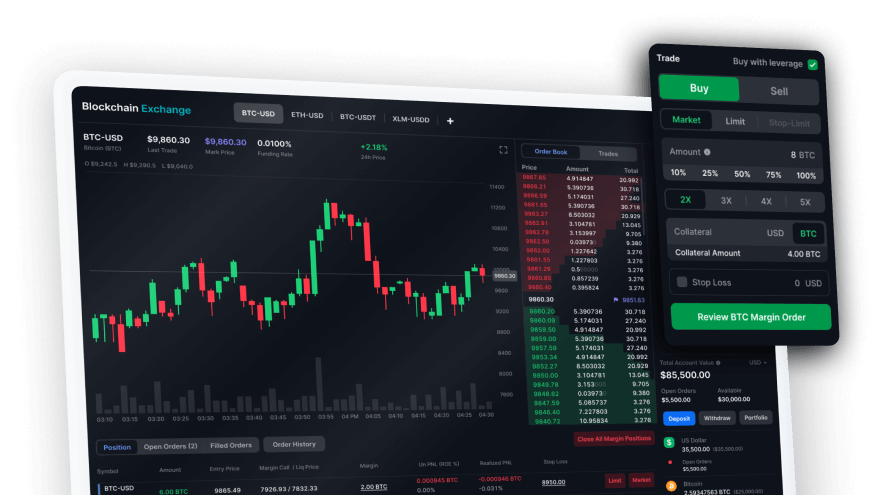











A brief history
Dash was launched in 2014 as a fork of Litecoin (which itself is a fork of Bitcoin). The founder, Evan Duffield, wanted to increase privacy and security in crypto transactions. The project was originally launched under the name "Darkcoin" before it got rebranded to Dash (Digital Cash) in 2015. Although the cryptocurrency still has robust encryption, the primary objective of the project has gone through readjustment. Its current aim is to provide an affordable and convenient means to make day-to-day payments for a wide range of products and services- a practical alternative to bank cards and hard cash. Dash distinguishes itself through its unique mining algorithms and its system for handling transactions. Dash uses the X11 algorithm, a modification of the proof-of-stake algorithm. It also uses CoinJoin mixing to scramble transactions and make privacy possible on its blockchain. Additionally, Dash is run by a subset of its users, which are called "masternodes." Masternodes simplify the verification and validation of transactions- reducing the number of nodes needed to successfully approve a transaction.
DASH in practice
DASH is one of the widely accepted digital coins, as you can spend it in more than 5,000 retail and online locations. That being said, it still isn't as ubiquitous as conventional cash. Despite impressive growth in partnerships, Dash can't yet be regarded as a replacement for cash.
DASH uses a two-tier network, allowing its miners and Masternodes to run in tandem. The first layer of the platform is powered by miners who compete to create new blocks and preserve Dash’s blockchain’s transaction history. The second layer is controlled by Masternodes. Masternodes are made up of users on the network who take some of the functions of a miner by staking 1000 DASH. Masternodes help miners by ordering and verifying transactions. Dash utilizes the DASH token as one of the payment methods for fees on Dash, granting users rewards for helping to secure the network.
